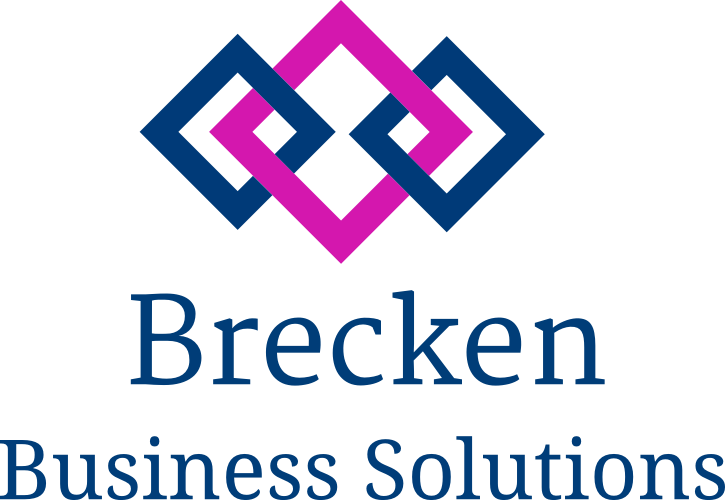How to Read Your Cash Flow Statement: A Complete Guide for Business Owners
Whether you're a small business owner, a startup founder, or a seasoned executive, understanding your cash flow statement is crucial. While income statements and balance sheets show your profit and assets, your cash flow statement tells the real-time story of how money is moving in and out of your business—what's fueling it and what might be draining it.
In this guide, we’ll break down what a cash flow statement is, how to read it, what to watch out for, and how to use it to make smarter business decisions.
🔍 What Is a Cash Flow Statement?
A cash flow statement (CFS) is one of the three key financial statements used to assess a company’s financial health (the others being the balance sheet and income statement). The CFS shows how changes in balance sheet accounts and income affect cash and cash equivalents, categorizing the cash movement into:
Operating activities
Investing activities
Financing activities
It provides insight into a company’s liquidity, or how easily it can meet short-term obligations like paying employees, rent, or suppliers.
Key Components of the Cash Flow Statement
1. Operating Activities
This section reflects the cash generated or consumed by your business’s core operations. It starts with net income and adjusts for non-cash items and working capital changes (such as accounts receivable or inventory changes).
Examples:
Cash received from customers
Payments to suppliers or employees
Interest paid
Income taxes paid
A positive number indicates your business is generating enough cash from day-to-day activities. A negative result may signal trouble or a temporary investment in future growth.
2. Investing Activities
Here you'll see the money spent on or generated from long-term assets and investments.
Examples:
Purchase or sale of equipment or property
Investments in securities
Loans made to others
A negative cash flow from investing is not necessarily bad—it may mean you're reinvesting in your business. Consistently high capital expenditures (CapEx), however, should align with growth strategies.
3. Financing Activities
This section reflects cash transactions involving the company’s equity and debt—essentially, how you're funding your business.
Examples:
Proceeds from loans or issuing shares
Repayment of loans
Dividends paid
Repurchase of stock
Negative financing cash flow could mean you're paying off debt or returning capital to shareholders. Positive may indicate fundraising or taking on more debt.
📈 How to Analyze a Cash Flow Statement
When you look at your cash flow statement, ask yourself:
Are we consistently cash flow positive from operations?
Are we relying too heavily on financing to cover operations?
Are investment decisions paying off in the long run?
Let’s break this down further.
✅ Positive Operating Cash Flow
This is usually the best indicator that your business model is working. Even if you’re not yet profitable on paper, strong operational cash flow means your business is sustainable.
⚠️ Negative Operating Cash Flow
This can be a red flag. It might indicate:
You're not collecting receivables fast enough
You're overspending
You're not pricing your products/services appropriately
Real-World Example
Let’s say you run a small design agency. In one month:
You invoice clients for $20,000
You collect $5,000 in payments
You pay $8,000 in salaries and rent
On your income statement, you’d show a profit of $12,000, but your cash flow from operations would be negative ($5,000 in, $8,000 out = –$3,000).
That’s why understanding cash flow—not just profit—is key to staying solvent.
The Indirect Method
Most businesses use the indirect method for preparing their cash flow statements. This starts with net income and then adjusts for:
Non-cash expenses (depreciation, amortization)
Changes in working capital (receivables, payables, inventory)
Formula:
nginxCopyEdit
Net Cash Flow from Operating Activities = Net Income + Non-Cash Expenses + Changes in Working Capital
This method gives you a practical view of how accounting profits turn into real cash.
❌ Common Mistakes to Avoid
Confusing cash flow with profit
Profit can be misleading if you have slow-paying clients or high unpaid expenses.
Not tracking seasonal cash flow
A retail business may make most of its revenue in Q4 but still need to pay bills year-round.
Ignoring one-time cash events
Selling equipment may boost cash temporarily but isn’t sustainable income.
❓ Frequently Asked Questions
Q: Why is a cash flow statement important?
A: It shows how much actual cash your business has at any given time—crucial for meeting short-term obligations and making strategic decisions.
Q: What does it mean if a company is cash flow negative but profitable?
A: It could be reinvesting in future growth, or it might be a warning sign of trouble. Look at the context: Are there new hires? New equipment? Or unpaid receivables?
Q: How often should I review my cash flow statement?
A: Monthly is ideal for small businesses. Larger companies often review weekly or even daily.
📌 Tips for Improving Your Cash Flow
Invoice faster: Shorten your payment terms.
Lease instead of buy: Preserve cash with leasing options.
Negotiate with vendors: Get longer payment terms or early payment discounts.
Cut non-essential expenses: Review your subscriptions and overhead.
📣 Call to Action
Don’t wait until there’s a cash crunch to understand your finances. Your cash flow statement is more than just a report—it’s a decision-making tool. Make it part of your regular business review process.
If you're unsure how to interpret yours or want help improving your financial health, talk to your accountant or bookkeeper. Or better yet, use accounting tools like QuickBooks, Xero, or FreshBooks, which generate cash flow statements automatically.
Need help now? Reach out to a financial advisor or consultant to get started.
